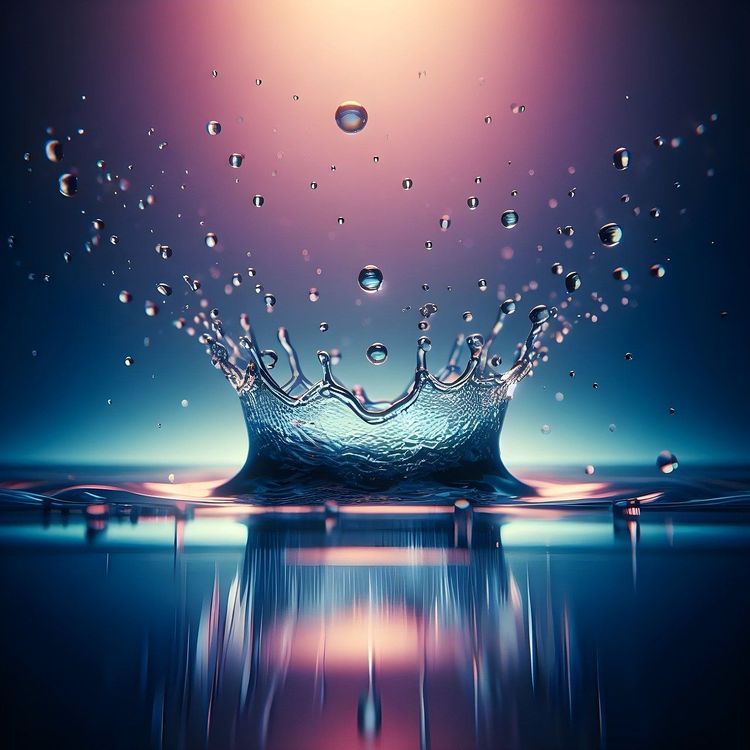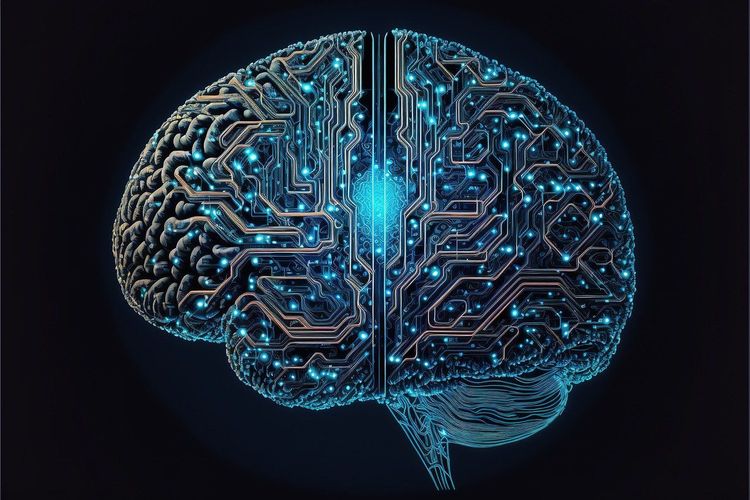"Enhancing Images with Google’s AI ‘Reimagine’ Tool: How We Integrated Wrecks, Disasters, and Corpses into Our Photos"
Most people like

In today's rapidly evolving digital landscape, conversational AI stands at the forefront of technological innovation. This branch of artificial intelligence focuses on creating systems that can engage in human-like dialogue, enhancing user experiences across platforms. From chatbots to virtual assistants, the development and analysis of conversational AI play a crucial role in transforming how we interact with technology. Join us as we delve into the latest advancements and insights in this exciting field, uncovering the potential that conversational AI holds for businesses and users alike.

Imagine bringing your dream companion to life with the power of artificial intelligence. A personalized AI girlfriend can not only engage you in meaningful conversations but also adapt to your interests and preferences, making each interaction unique. In this guide, we’ll explore how to design your perfect AI girlfriend, tailored to fulfill your desires and enhance your daily life. Get ready to embark on a journey towards creating a relationship that’s entirely your own.

Unlock the power of insights with our free AI text analysis tool. Discover how this innovative software can help you effortlessly examine, interpret, and enhance your text to drive better results. Whether you’re a student, professional, or researcher, our tool streamlines the process of text analysis, making it accessible and user-friendly for everyone. Start transforming your written content today!
Find AI tools in YBX




